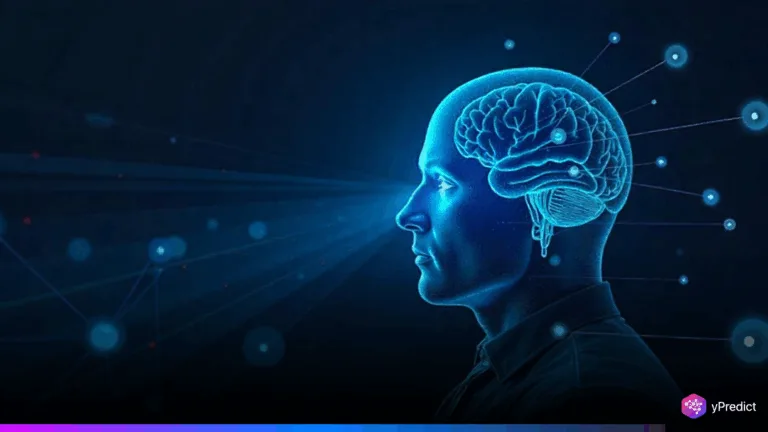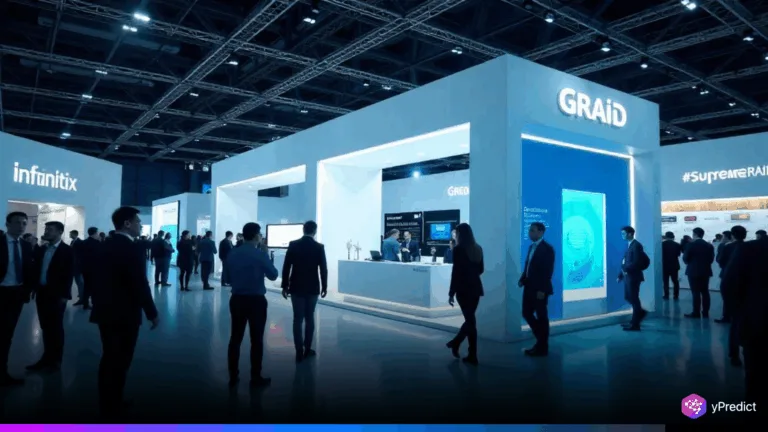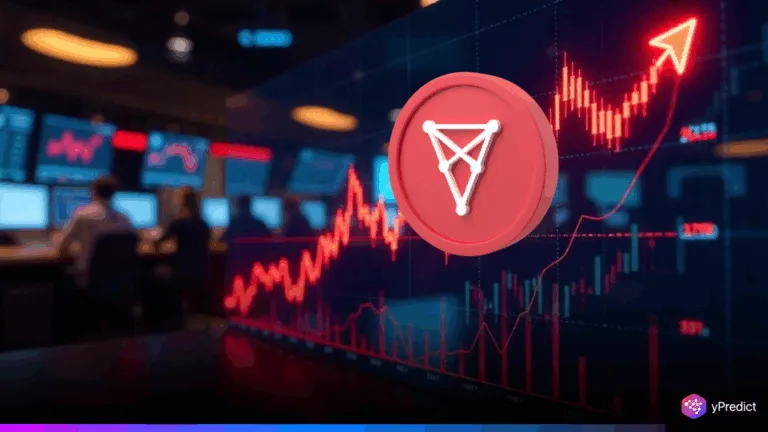
In the early 2000s, software-as-a-service (SaaS) made things simpler for businesses. Instead of spending a lot of money on software and setting it up on their own computers, companies could just use helpful tools online. Today, we’re moving into a new chapter called SaaS 2.0. This new type of software is powered by AI. It doesn’t just help people get work done — it actually learns, adapts, and makes smart decisions by itself, as things happen.
But this shift isn’t just about having better technology. It’s also about a new mindset. SaaS 2.0 isn’t just about cutting costs anymore — it’s about building smart, customized tools that can quickly change and grow with a business’s needs.
From Horizontal to Vertical: The Shift in SaaS Architecture
At first, most SaaS (Software as a Service) tools were made to work for any type of business. They were basic and not made for any one industry. Because of this, companies had to spend extra time and money to change the software to fit their needs.
Vertical SaaS was created to fix this. This type of software is made for specific industries like healthcare, education, law, and delivery services. It is built to match how each industry works and handles its data. Now, with AI added, these tools are even smarter and more useful.
Vertical SaaS is growing quickly. Between 2018 and 2023, it grew by 18% each year. Experts believe it will grow from $5 billion to $26 billion in the next six years, showing how useful and important it has become.
The AI-First Advantage: Context Is the New King
Today’s AI tools can perform classification and summarization efficiently. But agentic AI—AI that acts on its own based on goals and data—requires a deeper understanding of context. That’s where vertical SaaS excels.
Consider the education sector. AI in a vertical SaaS platform can analyze student engagement, performance trends, and even financial stress signals. It can predict dropouts, answer 80% of student questions instantly, and cut admin workload by half. These aren’t just features—they’re transformational outcomes powered by context-aware AI.
By merging domain-specific datasets and workflows, vertical SaaS enables AI to evolve beyond automation into decision-making and prediction. This is the true promise of SaaS 2.0—software that thinks and acts like a smart partner.
India’s SaaS Revolution: Embracing SaaS 2.0 at Scale
India is quickly growing in the world of software. Today, more than 1,500 Indian companies are building smart software using AI, helping the country move into the next stage of software called SaaS 2.0. Right now, the Indian SaaS market is worth about $14 billion. But it’s growing very fast and could reach $70 billion by 2030. This big growth is happening because companies are creating smart AI tools for different industries in India and around the world.
Conclusion:
SaaS 2.0 isn’t just a simple update—it’s a whole new way of building software. By mixing industry-specific (vertical) SaaS with powerful AI technology, companies are creating smarter, faster, and more personalized tools. In the future, the best software will be the ones that have AI built into its core from the very beginning.





